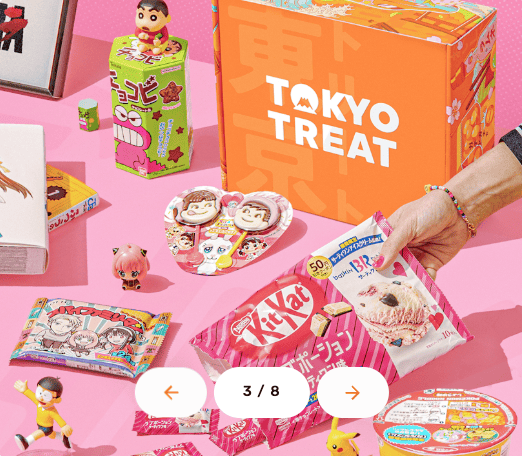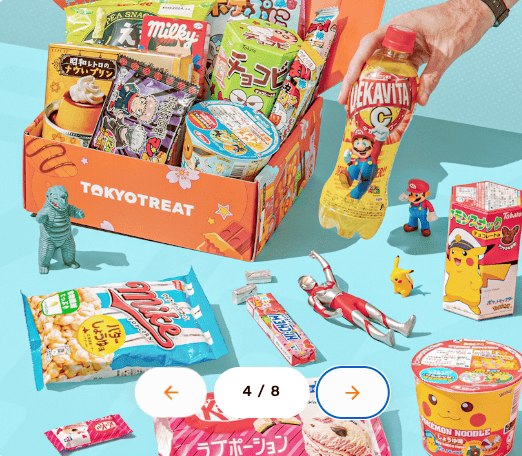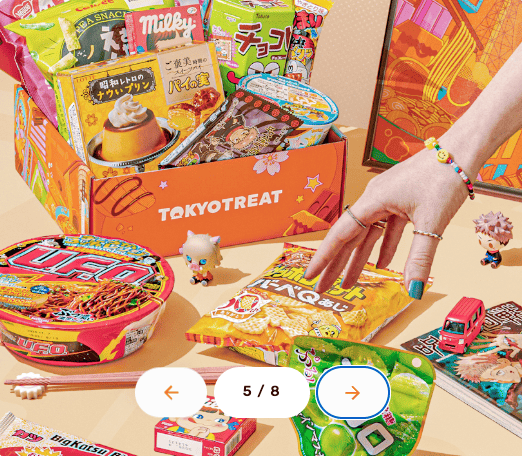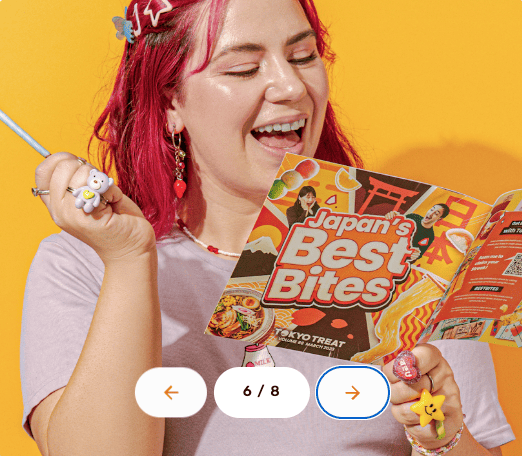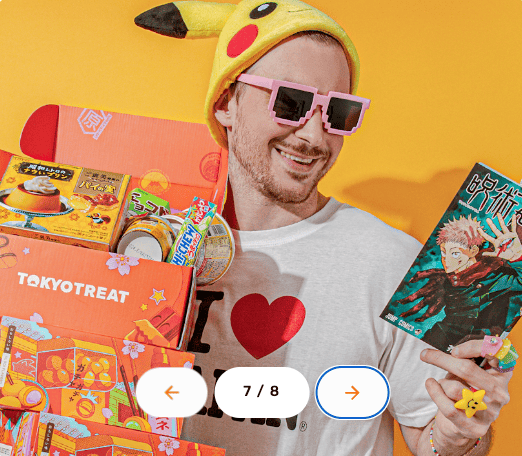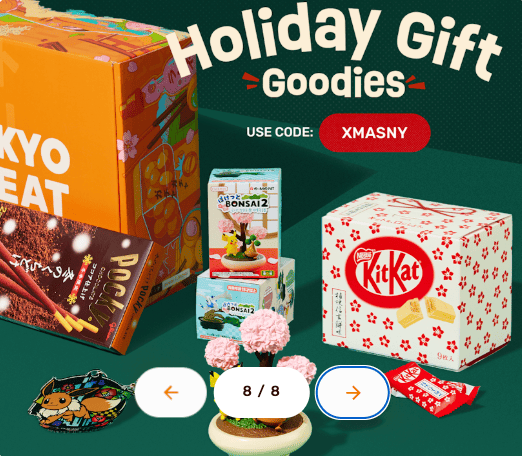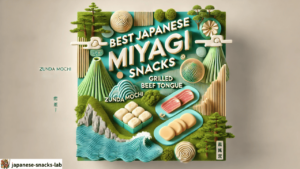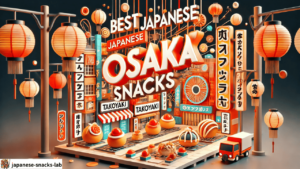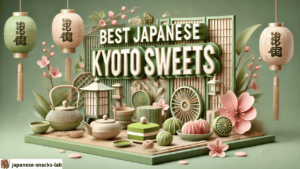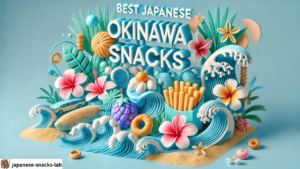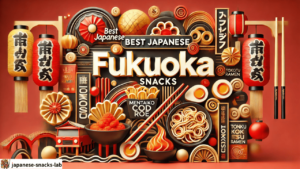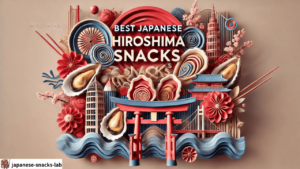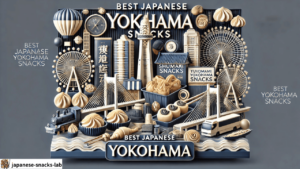「Tokyo Treat」
| Cheap sweets | |
| Traditional sweets | |
| Seasonal Events | |
| Character snacks | |
| Dagashi | |
| Allergy Description | |
| Vegetarian Instructions | |
| Official Site | Check |
| Price per month | total cost | |
|---|---|---|
| 12 months | $32.5/mo | $390 |
| 6 months | $33.5/mo | $201 |
| 3 months | $35.5/mo | $106.5 |
| 1 month | $37.5/mo | $37.5 |
Check out this article analyzing Japanese snack boxes!
Daifuku


Daifuku is a type of Japanese confectionery consisting of a rice cake filled with red bean paste. The basic taste of Daifuku is a finely textured rice cake filled with an equal or greater amount of sweet red bean paste made from azuki beans. However, in addition to the standard Daifuku, there are many other variations, such as one in which beans or mugwort are added to the mochi, or strawberry or custard cream is added in place of the red bean paste. Daifuku is a Japanese confectionery that continues to evolve and is highly popular among a wide range of generations, with various arrangements made to suit each generation.
Check out similar products!
Manju


Manju is a confectionery in which a filling such as azuki bean paste is wrapped in a dough made by kneading wheat or rice flour and steamed. There are various types of manju in various regions, such as tea manju, in which red bean paste is wrapped in a dough made of flour, brown sugar, and an expander, and sake manju, in which flour dough is fermented using sake seed. They are not only used as daily snacks, but are also favored as souvenirs at hot spring resorts and other sightseeing spots. Manju, with its rich individuality, is a highly popular Japanese confectionery among people of all ages as a travel souvenir.
Check out similar products!
Dumplings


Dumplings are a typical Japanese confectionery made by adding water or hot water to grain flour, rolling it into a ball, and steaming or boiling it. Most dumplings are sweetened with sugar, but some dumplings are eaten without sugar in order to flavor them with soy sauce. In addition, because the dumplings themselves have a simple flavor, they are sometimes eaten with red bean paste, sugar-soy sauce bean paste, soybean flour, or with soybean flour, or in soup or mitsumame. The dumplings, with their glutinous texture and simple sweetness, are a perfect match with strong tea. Their elegant appearance also makes them ideal as a tea relish.
Check out similar products!
Yokan


Yokan is a Japanese confectionery made by pouring red bean paste into a mold and hardening it with agar. There are two types of yokan: Nen-yokan, which is firm and hard with a large amount of agar added, and mizu-yokan, which is fresh and soft with a small amount of agar added. There is also a method of making yokan by adding wheat or kudzu flour and steaming instead of using agar, which is called steamed yokan. In addition to azuki beans, seasonal ingredients such as green tea, cherry blossoms, chestnuts, etc. are sometimes mixed in. Its elegant appearance and sweetness go well with strong green tea, making it a perfect tea gift.
Check out similar products!
Monaka


Monaka is a Japanese confectionery made by wrapping sweet bean paste in a skin made from rice cake. It is a traditional Japanese confectionery that has been around since the Edo period. Monaka wrapped in red bean paste is the standard. Throughout Japan, monaka wrapped in a skin made in the shape of a castle, train, or other historic local form are widely sold as souvenirs and gifts.In addition to the standard red bean paste, there are also monaka filled with chestnuts, gyuhi, rice cakes, chocolate, ice cream, and other ingredients. Daifuku is a Japanese confectionery that continues to evolve, with various arrangements made to suit different generations, and is very popular among people of all ages.
Check out similar products!
Senbei


Senbei are confections made by kneading rice flour or wheat flour, rolling it out thinly, and baking it on a griddle. Most senbei are thin and round in shape. The aromatic flavor of the baked rice crackers is characterized by a chewy, crunchy texture. The simple sweetness of rice and wheat goes well with a variety of seasonings, such as curry flavor, seafood seasoning, etc., as well as soy sauce and salt. The senbei has been arranged in various ways to suit different generations and continues to evolve, making it a highly popular snack among a wide range of people of all ages.
Check out similar products!
Kurikinton


Kurikinton is a Japanese confectionery using chestnuts. It is made by adding sugar to cooked chestnuts, squeezing them with a tea towel, and shaping them into bite-size pieces. It is a seasonal wagashi available only from September, the time of the domestic chestnut harvest, to around January of the following year. Eating this wagashi is a great way to feel the autumn season, and it is highly popular as a standard autumn gift. Chestnut Kinton, which allows you to taste the simple sweetness of ripe chestnuts, is an excellent match with strong tea. Its elegant appearance and taste make it a perfect tea gift for important guests.
Check out similar products!
Anmitsu


Anmitsu is a cold Japanese confectionery made by serving sweet beans with red bean paste. It is usually made by boiling and chilling red pea beans, azuki bean paste, gyuhi, dried apricots, etc., on agar cut into small cubes, and topped with black honey or white honey. There are many variations, such as “Cream Anmitsu” with fresh cream on top, “Shiratama Anmitsu” with dumplings made of rice flour called shiratama-ko, and “Fruit Anmitsu” with cut fruits on top. This cold and sweet wagashi is a classic summer treat that is highly popular among people of all ages.
Check out similar products!
Warabimochi


Warabimochi is a Japanese confectionery made from bracken powder, a powdered starch extracted from the root of the bracken plant. It is characterized by its soft and smooth texture. Warabi mochi itself has a simple and elegant sweetness, so it is usually eaten with soybean flour, green tea powder, or Kuromitsu (brown sugar). It is recommended to eat it well chilled. This wagashi is recommended on a hot and humid summer day in Japan when you want to feel cool. Its gentle sweetness goes well with green tea and is highly popular among a wide range of generations.
Check out similar products!
Kintsuba


Kintsuba is a Japanese confectionery made mainly from azuki beans. It is made by baking a square piece of agar-agar (bean jam) on a heated copper plate while dipping each side of the square piece of agar-agar into a batter made of wheat flour loosely dissolved in water. The shape is flat like the brim of a Japanese sword, hence the name. Sweet potato kintsuba” is made by wrapping sweet potato filling with sweet potato bean paste or baking a rectangular piece of sweet potato yokan with dough on each side. Kintsuba, with its refined sweetness of the original ingredients, goes well with strong green tea, making it a perfect snack for tea.



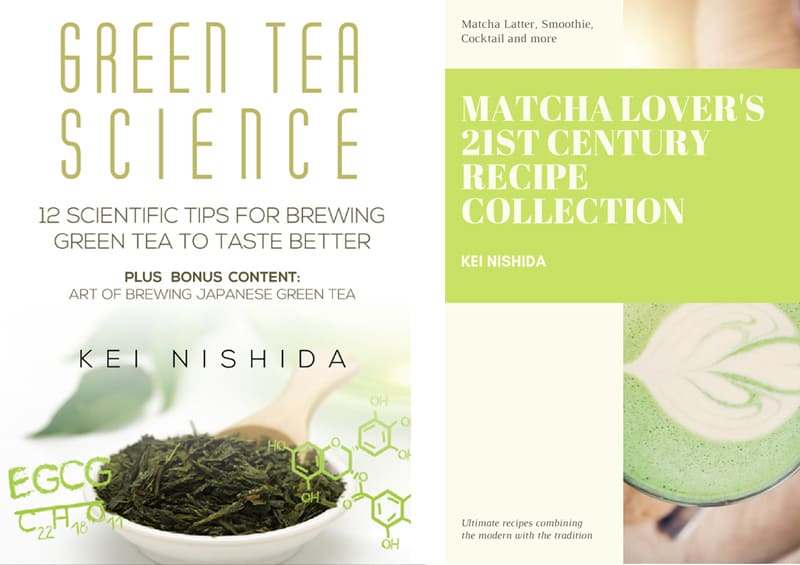

Get Free Green Tea Books.
Sign up for free for the Green Tea Club to get advice and exclusive articles about how to choose Japanese tea and tips, tricks, and recipes for enjoying Japanese tea.
Sign up today and download free e-books that dive into Japanese green tea’s rich history and culture.
Best of all, it’s completely free to join, and you can unsubscribe at any time. Perfect for tea enthusiasts looking to elevate their tea journey. Click here to learn more and start your tea adventure with us!




